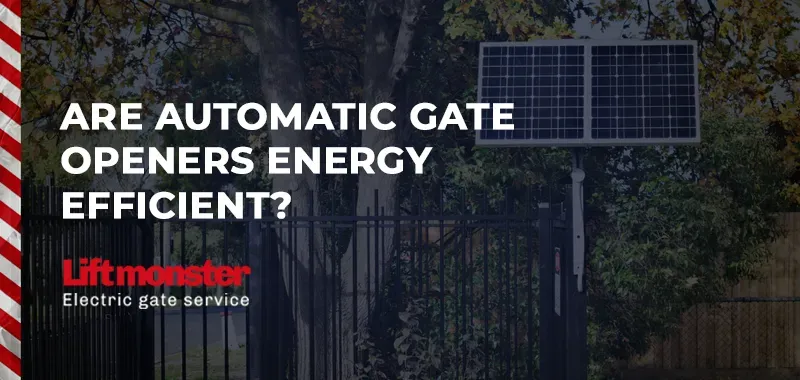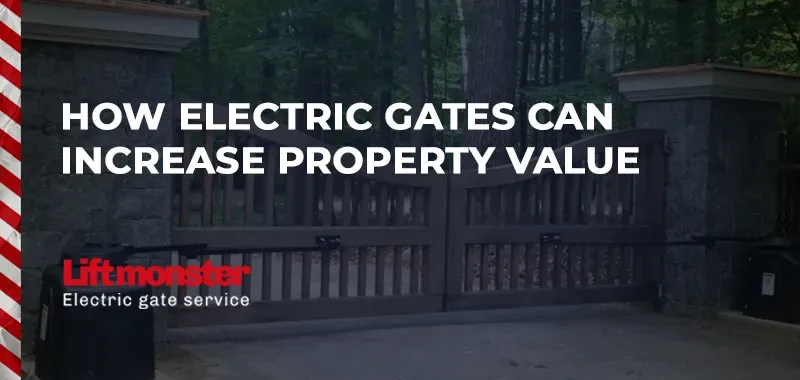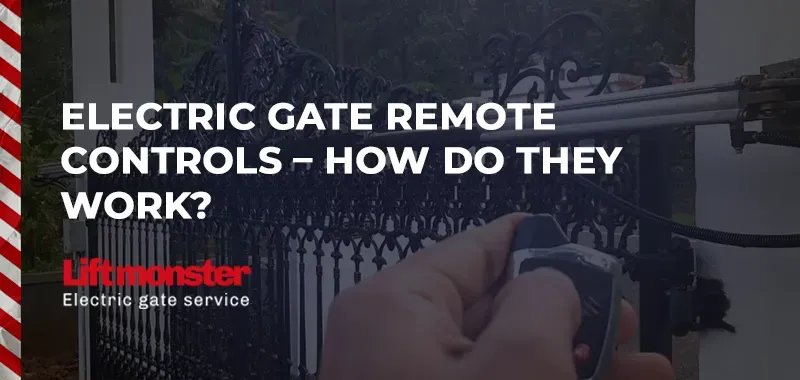Upgrading Your Manual Gate to an Automatic System
Imagine coming home after a long day, and instead of getting out of your car in the pouring rain or freezing cold to open your gate, it smoothly glides open at the push of a button. Automatic gates bring a new level of convenience, security, and even curb appeal to your property. They offer a blend of technology and functionality, making life easier and safer. If you currently have a manual gate and are considering an upgrade, you are making a wise investment. However, this transition requires careful planning and execution to ensure you get the best results. In this guide, we’ll explore everything you need to know about upgrading your manual gate to an automatic system, from the necessary steps to potential risks and expert recommendations.
Choosing the Right Professional for Electric Gate Repairs
Is Your Current Gate Suitable for Automation?
Before you jump into upgrading your gate, it’s crucial to assess whether your current setup can accommodate automation. Not all manual gates are suitable for conversion, and certain modifications might be needed.
The first aspect to evaluate is the gate's material and structure. Heavy iron or steel gates require robust motors, while lightweight wooden or aluminum gates may need reinforcements. The hinges and overall alignment also play a role. A gate that sags or struggles to open manually will need repairs before an automatic system can function properly.
You must also consider the type of gate you have. Swing gates and sliding gates have different automation requirements. Swing gates typically require hydraulic or electromechanical arms, while sliding gates need a track system and motor. If your driveway space is limited, a sliding gate might be a more practical option.
Choosing the Right Automation System for Your Gate
Once you’ve determined that your gate can be automated, the next step is selecting the right system. Gate automation comes in various types, and your choice will depend on factors such as power supply, security features, and personal preferences.
The power source is one of the first decisions to make. Electric gate systems are commonly powered by standard mains electricity, but solar-powered options are also available for those looking for an energy-efficient solution. If you live in an area prone to power outages, having a backup battery system is highly recommended.
Another critical decision is the method of operation. Remote-controlled systems are the most common, allowing you to open and close the gate with a handheld device. However, more advanced options include keypad entry, motion sensors, or smartphone integration, offering seamless access control. Some systems even allow remote monitoring, which is particularly useful for businesses or large properties.
The Installation Process: Step by Step Guide
Once you have chosen the right automation system, the installation process begins. This is where hiring a professional becomes crucial. While some DIY kits are available, gate automation requires electrical work, precise measurements, and mechanical expertise.
1. Preparing the Site
If you have a sliding gate, a track system needs to be installed, ensuring a level and smooth surface. For swing gates, brackets and motor arms must be securely mounted to support the weight and movement of the gate.
2. Installing the Motor and Control System
The motor is positioned strategically to provide optimal force, and the control panel is connected to the power supply. Wiring must be done carefully to ensure proper functionality, avoiding issues such as short circuits or power fluctuations.
3. Programming and Testing the System
Once the physical installation is complete, the system is programmed and tested. This includes setting the opening and closing speeds, adjusting the sensors, and syncing remote controls. A professional will also test the safety features, such as auto-reverse mechanisms that prevent the gate from closing on a person or vehicle.
Potential Challenges and Risks of Automation
While upgrading to an automatic gate has numerous benefits, it also comes with certain risks if not done correctly. One of the most common issues is improper installation, leading to malfunctioning gates that get stuck or fail to close securely. This is why hiring an experienced technician is essential.
Electrical failures can also be a concern, particularly if the wiring is not done correctly. Short circuits, blown fuses, or power surges can disrupt the system, necessitating costly repairs. Regular maintenance is crucial to keeping the system in optimal condition.
Security vulnerabilities are another factor to consider. If you opt for remote or smart access, ensure that the system is encrypted and secure from hacking attempts. Using a reliable brand with strong cybersecurity measures will minimize this risk.
Expert Tips for a Hassle-Free Upgrade
To ensure a smooth upgrade, experts recommend a few key steps:
- Consult a Professional: Always seek expert advice to assess your gate’s compatibility and recommend the best automation system.
- Invest in High-Quality Components: Choosing a durable motor and control system ensures longevity and fewer repairs.
- Incorporate Safety Features: Features like obstacle detection, emergency manual release, and battery backup enhance reliability.
- Plan for Future Maintenance: Regular inspections and servicing will keep your system running efficiently.
Keeping Your Automatic Gate in Top Condition
Once your gate is automated, regular maintenance is key to preventing breakdowns. Cleaning the sensors, lubricating moving parts, and inspecting the wiring periodically will keep your system running efficiently. Scheduling annual inspections with a professional will help catch any minor issues before they turn into major repairs.
Weather conditions can also impact your gate's performance. If you live in an area with heavy rain or snow, ensure that the motor and electrical components are well-protected from moisture. Keeping the gate tracks or hinges free from debris will prevent operational hiccups.
Conclusion: A Smart Investment for Convenience and Security
Upgrading your manual gate to an automatic system is a smart investment that enhances security, convenience, and property value. While the transition requires careful planning, choosing the right automation system, hiring a professional for installation, and maintaining the system properly will ensure a smooth and successful upgrade. With an automated gate, you can enjoy effortless access, improved safety, and a touch of modern sophistication every time you enter or leave your property. The key is to make informed decisions, invest in quality components, and prioritize long-term functionality over short-term savings. When done right, your automatic gate will serve you reliably for years to come.

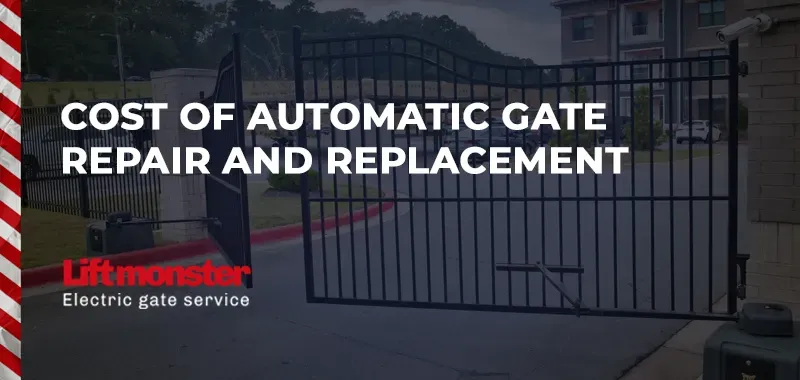
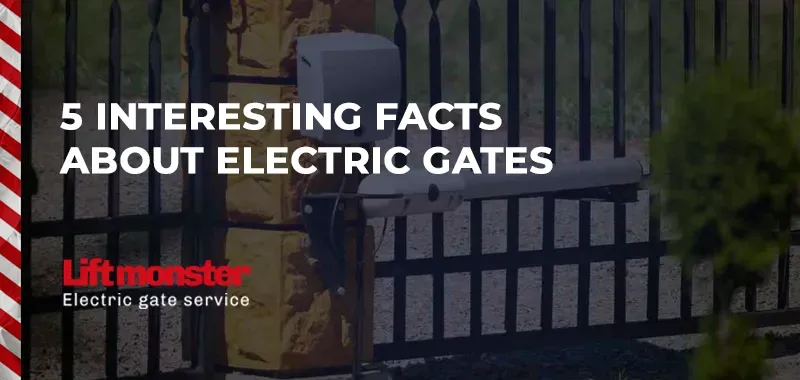
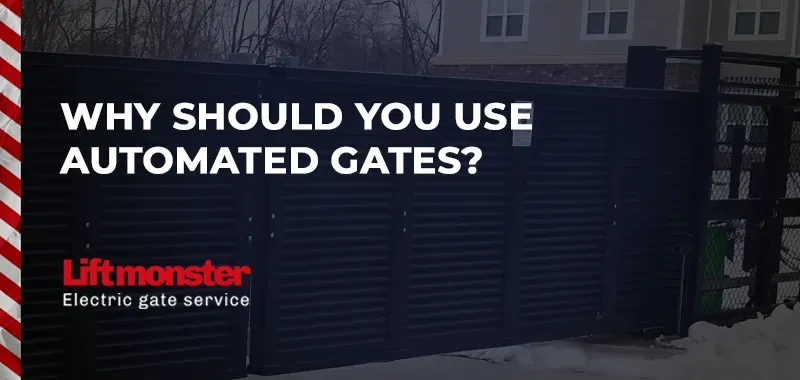
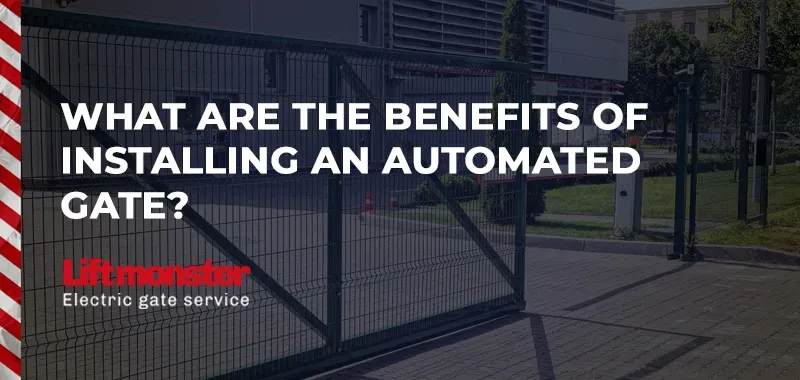
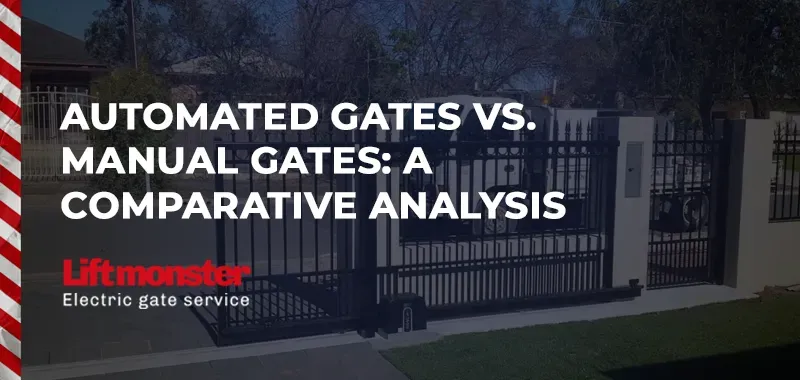
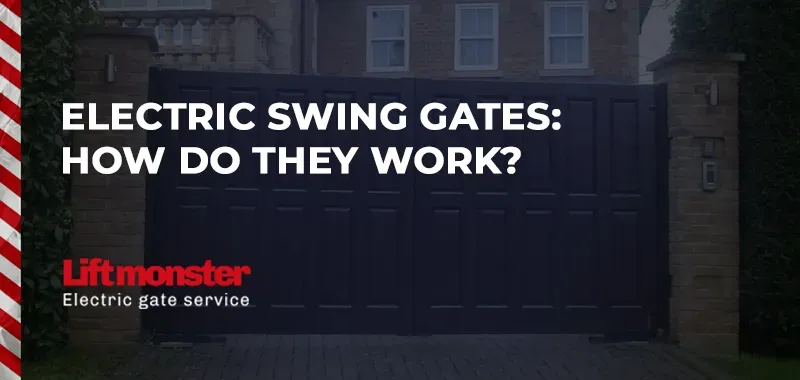
Copyright 2024 Lift Monster LLC
Design and Manage By Magenta SEO


